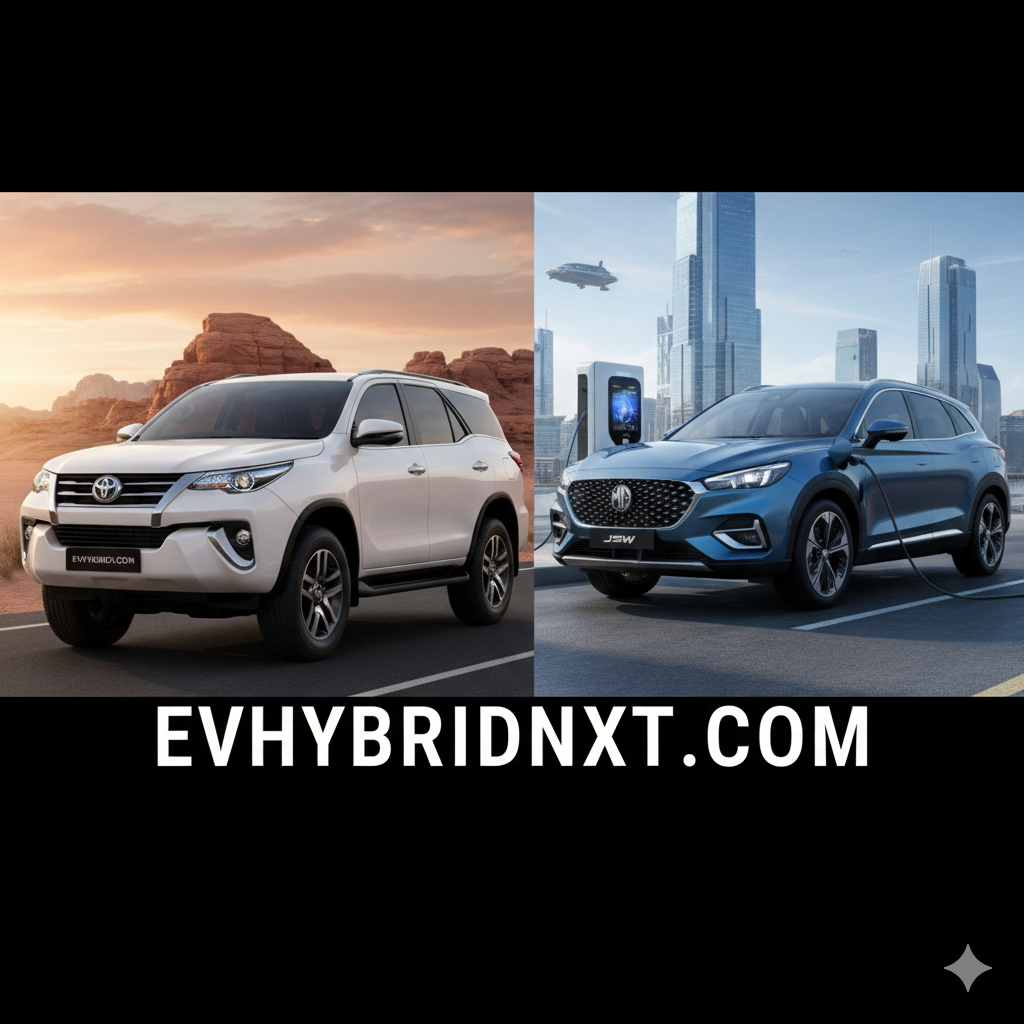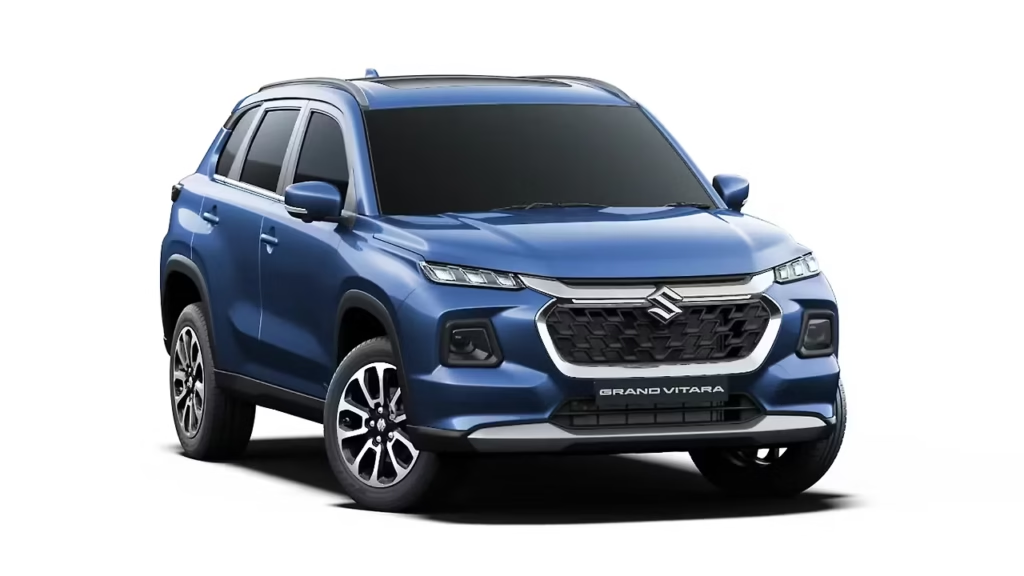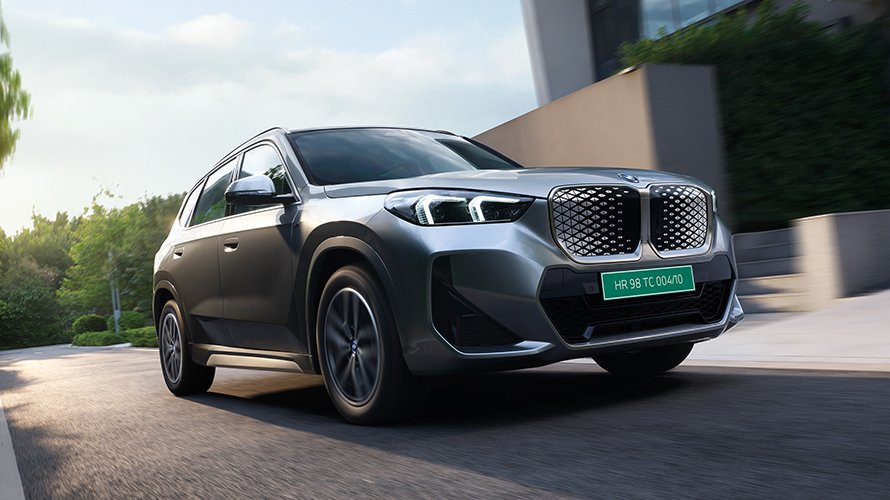For the first time in a complete financial year, electric vehicles (EVs) have surpassed strong hybrids in market share within India’s passenger vehicle segment. In FY2025 (April 2024 to March 2025), battery electric vehicles claimed 2.7% of total sales, edging ahead of hybrids, which hovered just below that mark. This subtle yet symbolic crossover marks a pivotal moment in the country’s transition toward greener mobility, as traditional fuels like petrol and diesel continue to dominate but face increasing pressure from alternative powertrains.
To put it in perspective: Out of every 100 new passenger cars sold, nearly three were fully electric, while about two and a half relied on hybrid technology. This tilt is vividly illustrated in AutoPunditz’s comprehensive fuel mix update for the year, which underscores the evolving preferences of Indian buyers amid rising fuel costs, government incentives, and expanding charging infrastructure.
A Snapshot of the Fuel Mix: Percentages and VolumesPetrol remained the undisputed king of the road, accounting for 57.5% of sales, a slight dip from previous years but still reflecting its affordability and widespread availability. CNG, the compressed natural gas option, made a strong surge to 19.4%, fueled by urban demand for cleaner, cheaper alternatives—particularly in models from Maruti Suzuki and Tata Motors. Diesel held steady at 18%, buoyed by utility vehicles from Mahindra and others, while EVs and hybrids rounded out the electrified segment.Translating these shares into actual volumes paints an even clearer picture of the market’s scale. Total passenger vehicle sales in FY2025 reached a record 43.2 lakh units, up 2.5% from the previous year and reflecting robust post-pandemic recovery. Breaking it down:
| Fuel Type | Market Share (%) | Volume (Lakh Units) |
|---|---|---|
| Petrol | 57.5 | 24.8 |
| CNG | 19.4 | 8.38 |
| Diesel | 18.0 | 7.78 |
| EV | 2.7 | 1.17 |
| Hybrid | ~2.4 | 1.04 |
These figures highlight the sheer volume of the Indian auto market—over 4.3 million cars hitting the roads in a single year—while spotlighting the nascent but accelerating rise of electrification. Petrol alone translated to nearly 2.5 million units, dwarfing the combined electrified sales of around 2.2 lakh. Yet, the gap between EVs and hybrids, though slim at just 13,000 units, is profoundly significant.
Closing the Debate: EVs Pull Ahead After Years of Uncertainty
This milestone resolves a lingering question that hung over the industry through much of 2023 and early 2024: Would pure battery electrics or hybrid systems claim the lead in India’s adoption race? Hybrids, with their promise of extended range and familiarity, had gained traction through models like Toyota’s Innova Hycross and Urban Cruiser Hyryder, capturing over 79% of the hybrid market. EVs, meanwhile, battled range anxiety, high upfront costs, and patchy infrastructure.The tipping point arrived thanks to aggressive pricing, state subsidies, and a flurry of launches. EV sales grew by about 11% year-over-year, with Tata Motors leading at 53% market share, followed by Mahindra (11%) and newcomers like MG’s Windsor, which emerged as the top-selling EV model. Hybrids, while impressive in their own right, couldn’t match the momentum, partly due to fewer new introductions and a focus on premium segments.
Brand Strategies: JSW MG’s Bold EV Bet Pays Off
Behind the numbers lie deliberate corporate maneuvers. No brand exemplified this more than JSW MG Motor India, which doubled down on pure electrics with remarkable conviction. Nearly 58% of its FY2025 sales came from EV models, a profile that sets it apart from mainstream rivals like Maruti Suzuki (CNG-heavy) or Hyundai (balanced across fuels). This EV-centric approach not only boosted volumes but also positioned MG as a disruptor, appealing to urban millennials and fleet operators alike.
Other players contributed too: Mahindra’s electric SUVs like the XUV400 chipped away at diesel’s stronghold, while Tata’s Nexon EV solidified its dominance. Toyota, the hybrid heavyweight, saw strong uptake but couldn’t offset the broader EV surge
What Lies Ahead?
As India eyes its ambitious 30% EV penetration target by 2030, FY2025’s crossover serves as both validation and a call to action. With exports surging 14.6% to 0.77 million units and SUVs driving much of the growth, the market’s resilience is evident. Yet challenges persist: Scaling charging networks, stabilizing battery prices, and navigating policy shifts will be key.
For now, though, the message is clear—electric mobility isn’t just on the horizon; it’s accelerating past its hybrid sibling. As buyers flock to zero-emission rides, the hum of electric motors is starting to drown out the roar of internal combustion engines, one lakh at a time.



